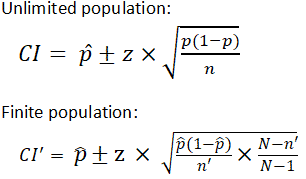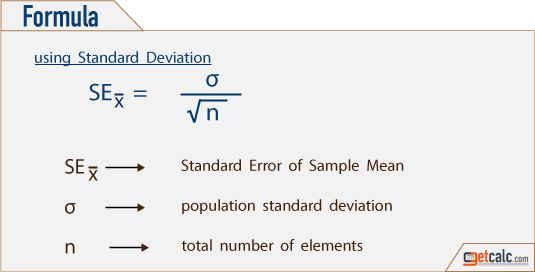

Then we calculate t, which follows a t-distribution with df = (n-1) = 24.įrom the tables we see that the two-tailed probability is between 0.01 and 0.05. Suppose that is unknown and we need to use s to estimate it.

We found that the probability that the sample mean is greater than 22 is P( > 22) = 0.0548. In the previous example we drew a sample of n=16 from a population with μ=20 and σ=5. So, all we can say is that P(|Z| > 2.00) is between 2% and 5%, probably closer to 5%! Using the z-table, we found that it was exactly 4.56%. Now, suppose that we want to know the probability that Z is more extreme than 2.00. So, if we look at the last row for z=1.96 and follow up to the top row, we find thatĮxercise: What is the critical value associated with a two-tailed probability of 0.01? The t-table also provides much less detail all the information in the z-table is summarized in the last row of the t-table, indexed by df = ∞. The t-table is presented differently, with separate rows for each df, with columns representing the two-tailed probability, and with the critical value in the inside of the table. The (one-tailed) probabilities are inside the table, and the critical values of z are in the first column and top row. The z table gives detailed correspondences of P(Z>z) for values of z from 0 to 3, by. Note: If n is large, then t is approximately normally distributed. Has a t distribution with (n-1) degrees of freedom (df) If X is approximately normally distributed, then As the degrees of freedom increase, the t distribution approaches the standard normal distribution. There are actually many t distributions, indexed by degrees of freedom (df). However, we can estimate σ using the sample standard deviation, s, and transform to a variable with a similar distribution, the t distribution. If the standard deviation, σ, is unknown, we cannot transform to standard normal. How will this affect the standard error of the mean? How do you think this will affect the probability that the sample mean will be >22? Use the Z table to determine the probability. So the probability that the sample mean will be >22 is the probability that Z is > 1.6 We use the Z table to determine this:Įxercise: Suppose we were to select a sample of size 49 in the example above instead of n=16. Suppose we draw a sample of size n=16 from this population and want to know how likely we are to see a sample average greater than 22, that is P( > 22)? If the standard deviation, σ, is known, we can transform to an approximately standard normal variable, Z:įrom the previous example, μ=20, and σ=5. If X has a distribution with mean μ, and standard deviation σ, and is approximately normally distributed or n is large, then is approximately normally distributed with mean μ and standard error. Standard error decreases when sample size increases – as the sample size gets closer to the true size of the population, the sample means cluster more and more around the true population mean.The statistic used to estimate the mean of a population, μ, is the sample mean. the variance of the population, increases. Standard error increases when standard deviation, i.e. Standard error can be calculated using the formula below, where σ represents standard deviation and n represents sample size. the means are more spread out, it becomes more likely that any given mean is an inaccurate representation of the true population mean. The standard error tells you how accurate the mean of any given sample from that population is likely to be compared to the true population mean. the standard deviation of sample means, is called the standard error. The standard deviation of this distribution, i.e. If you take enough samples from a population, the means will be arranged into a distribution around the true population mean. Because of this, you are likely to end up with slightly different sets of values with slightly different means each time. When you are conducting research, you often only collect data of a small sample of the whole population.




 0 kommentar(er)
0 kommentar(er)
